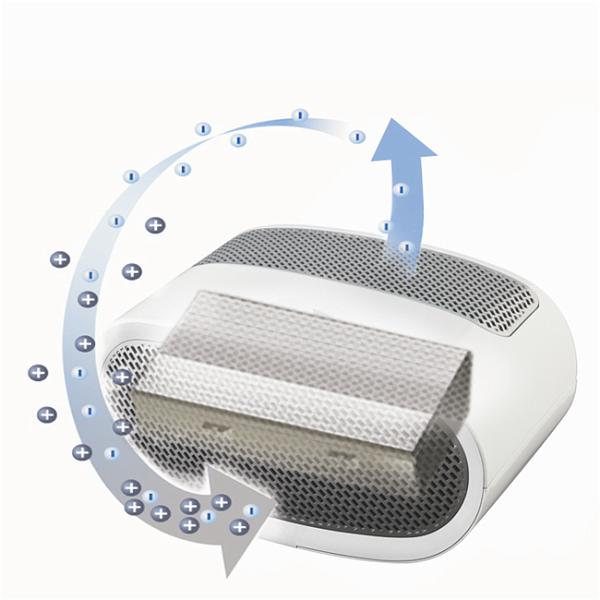Static electricity is a common phenomenon that we all experience in our daily lives. It occurs when two objects come into contact and one of them loses or gains electrons. The buildup of static electricity can be uncomfortable and even dangerous if it leads to a sudden discharge, which can damage electronic components or cause fires in flammable environments. In this article, we will discuss some common measures that can be taken to discharge static electricity safely.
Wear Anti-Static Clothing
One of the easiest ways to prevent the buildup of static electricity is to wear anti-static clothing. These clothes are made from special materials that prevent the accumulation of electrical charges. They are commonly used in industries where workers are exposed to electronic equipment, such as computer assembly or electronics manufacturing. Anti-static clothing can also be useful in environments where flammable materials are present, such as oil refineries or gas stations.
Use Anti-Static Mats
Another effective measure for discharging static electricity is the use of anti-static mats. These mats are made from materials that prevent the buildup of electrical charges, and they can be placed on work surfaces to provide a safe grounding surface. Anti-static mats are commonly used in electronics manufacturing and repair shops, where they help to prevent damage to delicate electronic components.
Grounding Straps
Grounding straps are another effective measure for discharging static electricity. These straps are typically worn on the wrist or ankle and are connected to a grounding point. The grounding point can be a metal object that is grounded to the earth, such as a water pipe or a grounding rod. When the wearer comes into contact with an object that has an electrical charge, the grounding strap provides a path for the charge to flow to the ground, preventing a sudden discharge.
Humidity Control
Humidity control is another effective measure for preventing the buildup of static electricity. When the air is dry, it can cause an accumulation of electrical charges on surfaces. However, when the air is humid, it provides a path for the electrical charges to dissipate. Therefore, controlling the humidity in a workspace can help to prevent static electricity buildup. Humidity control can be achieved through the use of humidifiers or dehumidifiers.
Ionizers
Ionizers are devices that generate ions to neutralize the electrical charges on surfaces. They work by emitting a stream of negatively charged ions that attract positively charged ions, neutralizing the surface. Ionizers can be effective in environments where static electricity buildup is a common problem, such as electronics manufacturing or clean rooms. However, they must be maintained regularly to ensure they are functioning properly.

Proper Handling of Electronic Components
Proper handling of electronic components is essential for preventing damage from static electricity. Electronic components are highly sensitive to static electricity, and even a small discharge can cause irreparable damage. Therefore, it is important to handle electronic components with care and to use anti-static measures when working with them. Some basic measures for handling electronic components include:
- Avoiding direct contact with metal components
- Using anti-static gloves when handling components
- Using anti-static bags for storage and transport of components
- Avoiding rubbing or sliding components on surfaces
Conclusion
Static electricity can be a frustrating and dangerous problem in many industries. However, there are a variety of measures that can be taken to prevent the buildup of static electricity and to discharge it safely. These measures include the use of anti-static clothing, anti-static mats, grounding straps, humidity control, ionizers, and proper handling of electronic components. By taking these measures, workers can protect themselves and their equipment from the dangers of static electricity.




Leave a Reply
Want to join the discussion?Feel free to contribute!